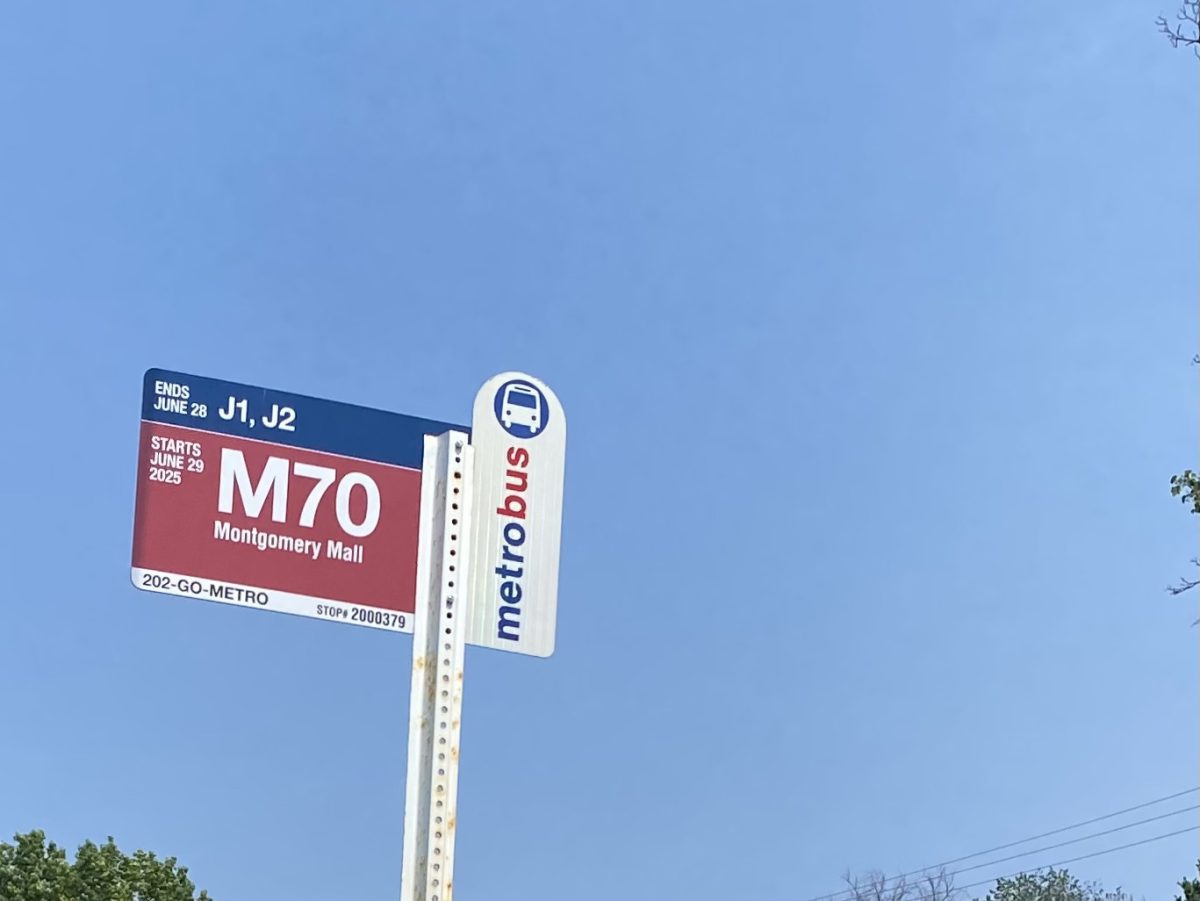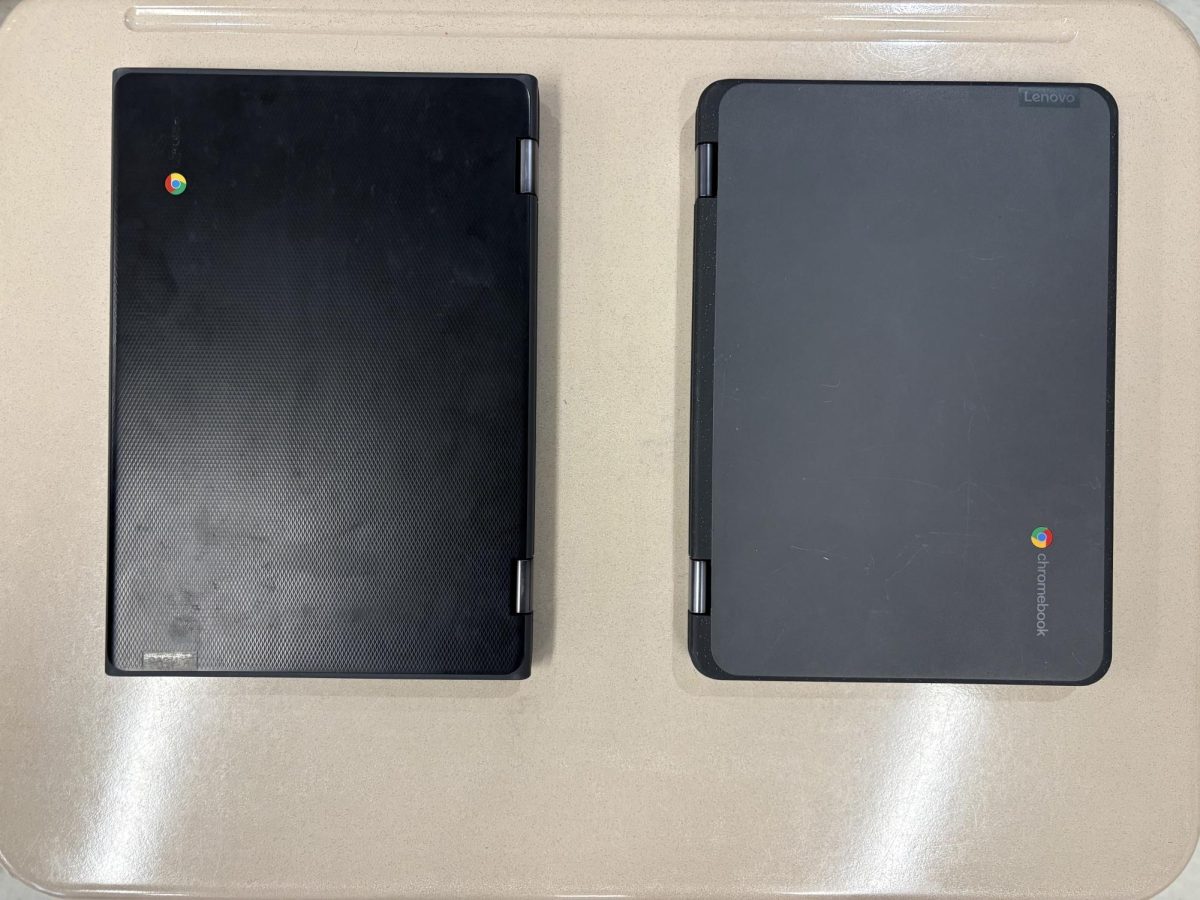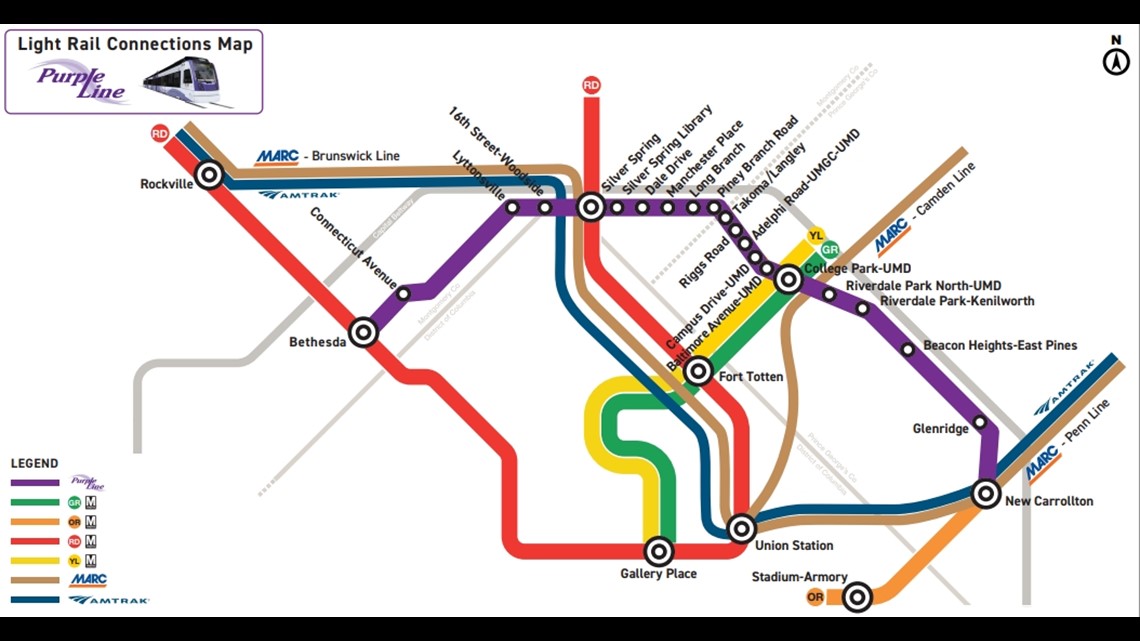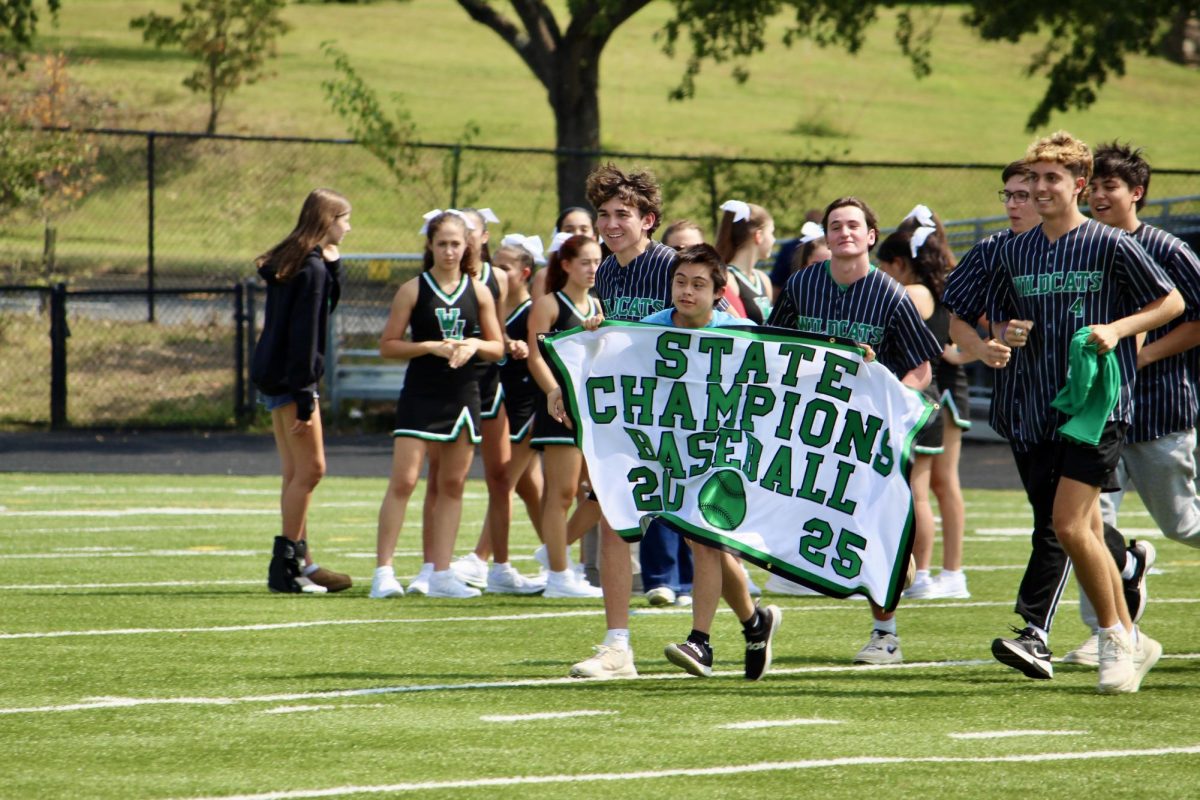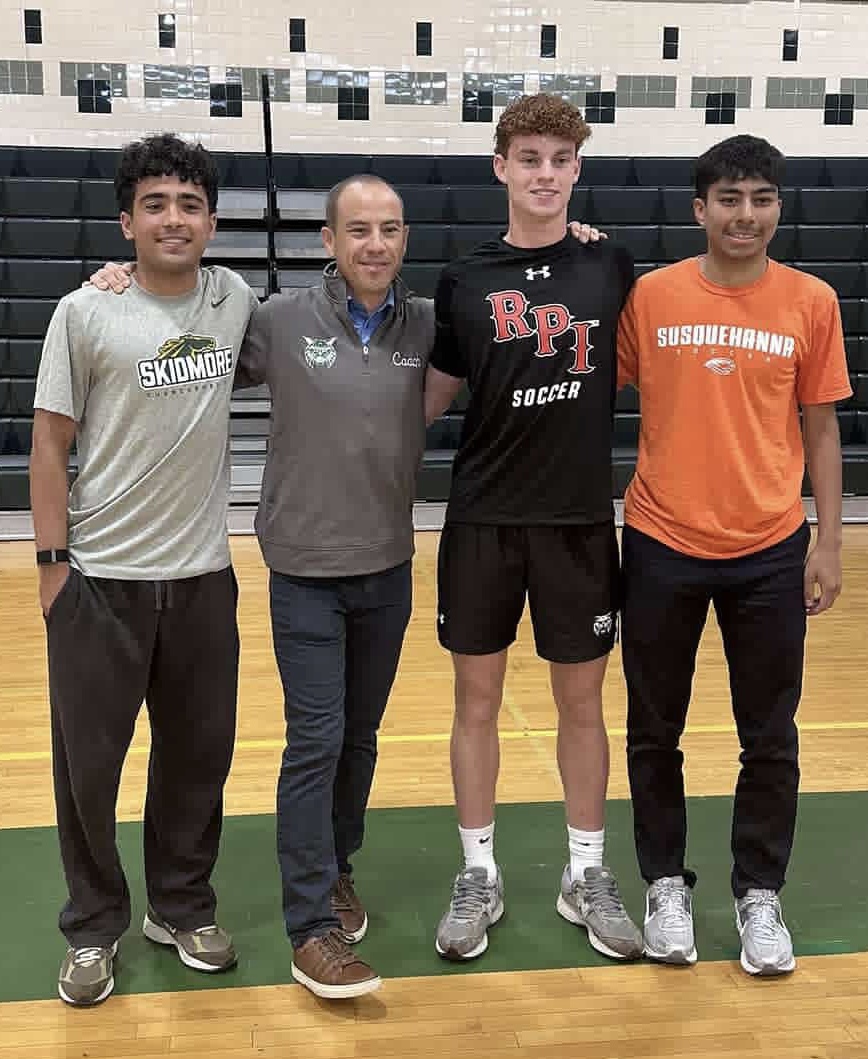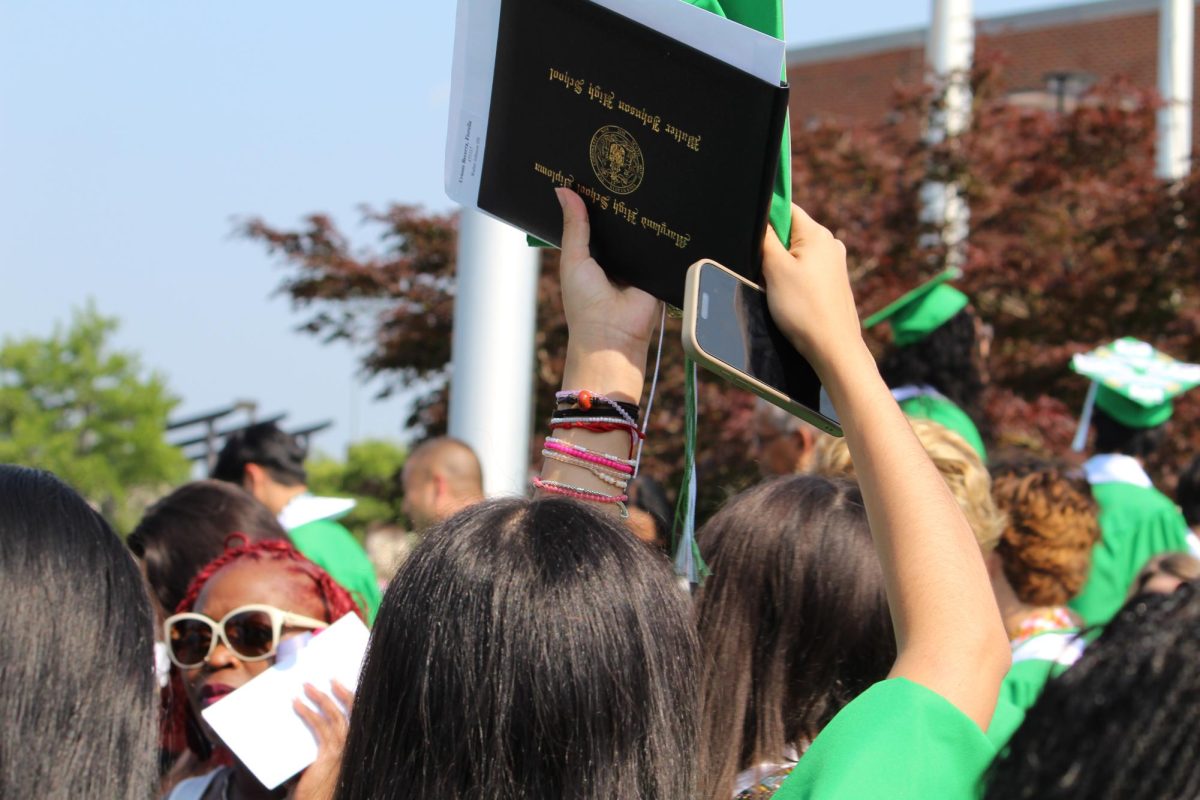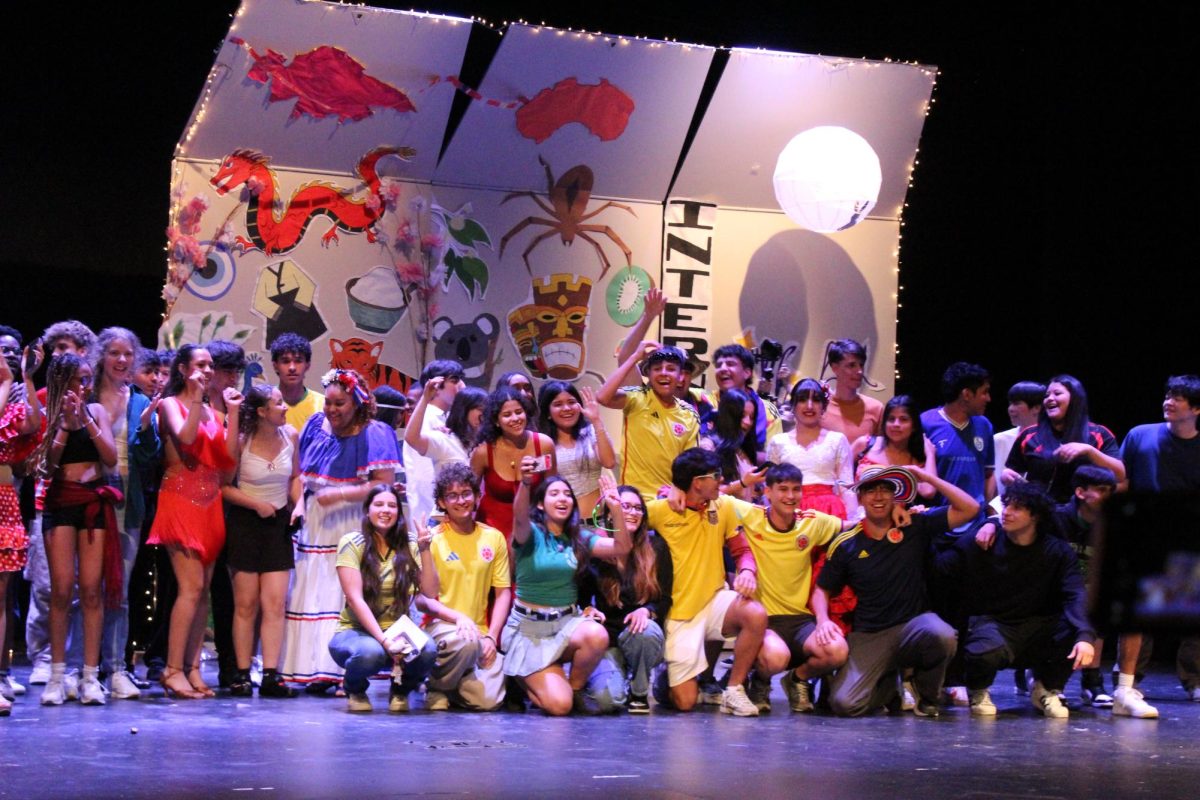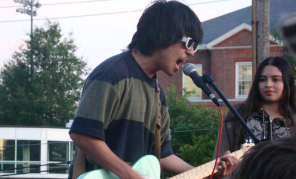The Black Student Union held their annual cultural assembly in the auditorium on February 27. For the first time, the assembly was optional and open to all students during an extended lunch period; in years past, one grade would view the assembly during a double third period.
The decision was made after school administration met with the advisors for the three cultural heritage groups to brainstorm solutions to accommodate the growing population of WJ. After coming up with a handful of solutions, including an hour-long third period divided into three 20-minute sessions, they reconvened with the student leadership from each of the cultural groups, allowing each to reach their own conclusion.
“The auditorium does not accommodate that many students, so I can’t do a double third period,” Assistant Principal Janan Slough said. “That’s why we brought the kids in to brainstorm with us. We know it’s their moment to share their heritage. We want them to be a part of this but I have parameters I have to follow.”
Ultimately, BSU decided to hold their assembly during an extended lunch period. BSU advisor Imani Ladson declined to comment.
“The turnout wasn’t as great as we expected,” BSU president Miles Davies said. “It just kind of shows the people who really care about seeing the cultural assembly in the first place.”
Unlike previous cultural assemblies, this one was not broadcasted live to every classroom in the school. BSU decided not to livestream because they felt that our school’s broadcast system could not properly capture the experience of the assembly due to poor quality of audio and visuals.
“They said watching the presentation on the TV is not the same. It would be nice if everybody could see it but doing a double third where I rotated, they didn’t feel like that was capturing the kids that really wanted to see it,” Slough said.
While the technology in our school’s television production studio is up to date, the broadcasting infrastructure throughout the school is outdated and has trouble supporting quality broadcasts. The county is planning to upgrade WJ’s technology this summer which could mean an improvement as early as next school year, if all goes according to plan.
“I want people to see the assembly without any of the problems like overcrowding or the projectors or anything,” BSU vice president Ian Scale said. “I want people to come to it so I think we should create a new idea for the assemblies in the future.”
While this solution was intended to make the assembly more accessible for everyone, student turnout was lower than in years past.
“In the past, a lot of people talked about it, the whole school was talking about it and they enjoyed it,” Scale said. “This time around, not a lot of people came cause it was a choice. They thought that if they had an hour lunch they could go somewhere else.”
The results of this assembly have raised the question of how this year’s remaining two cultural assemblies will be conducted and if they will follow the same schedule.
“It depends on the sponsor. Every sponsor is allowed to do whatever they want to do. Ms. Ladson and her students elected to do a lunchtime assembly. Everyone is doing something different. [Each group] was given this option, they can elect to do it in a different way,” Slough said.
“My students would like to do [their assembly] during lunch. They don’t want to miss any class time and they don’t want to take class time away from teachers,” Asian Heritage Assembly sponsor Jenn Taylor said. “One of the options that my club asked is ‘can we do it after school?’”
Regardless of when the cultural assemblies are held, these student groups work very hard to put them together for the rest of the student body to enjoy and learn from.
“I think it’s important to learn about black history and what we represent…and support us when we’re creating an assembly for the school,” Scale said.



